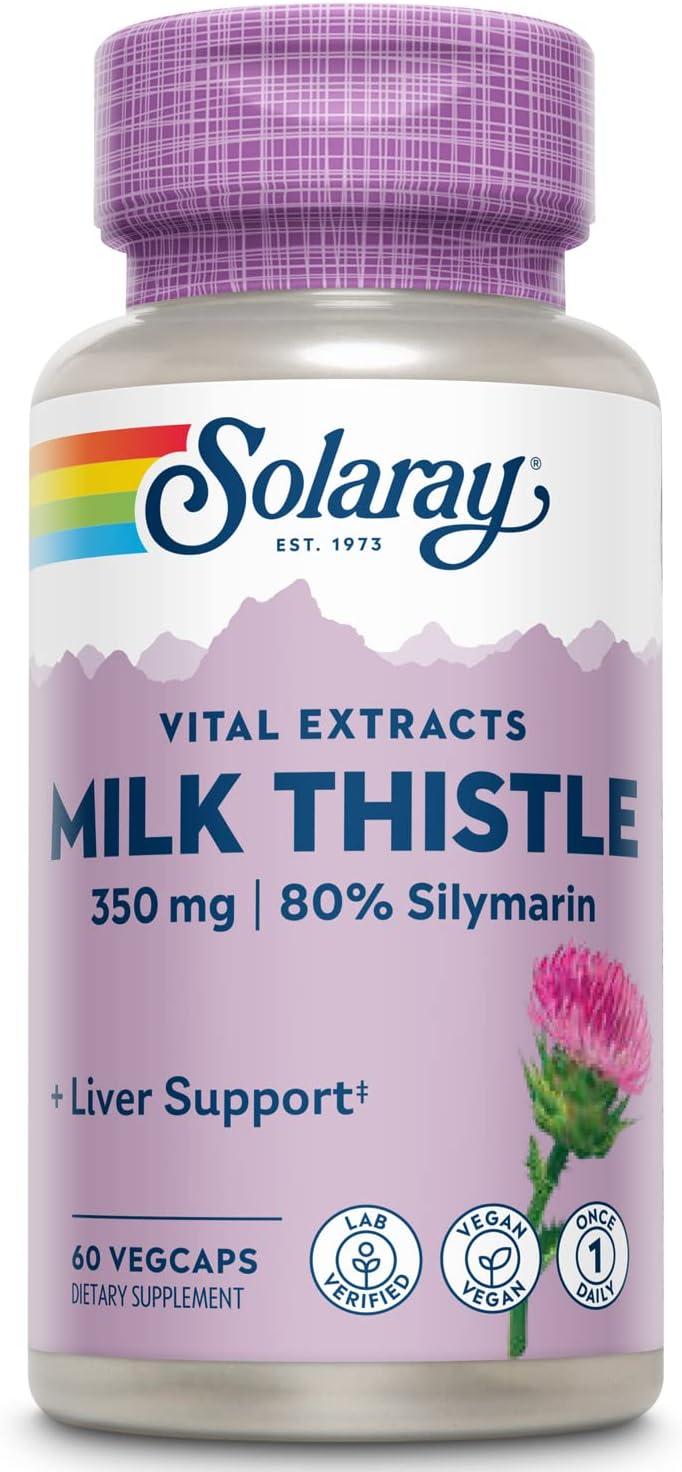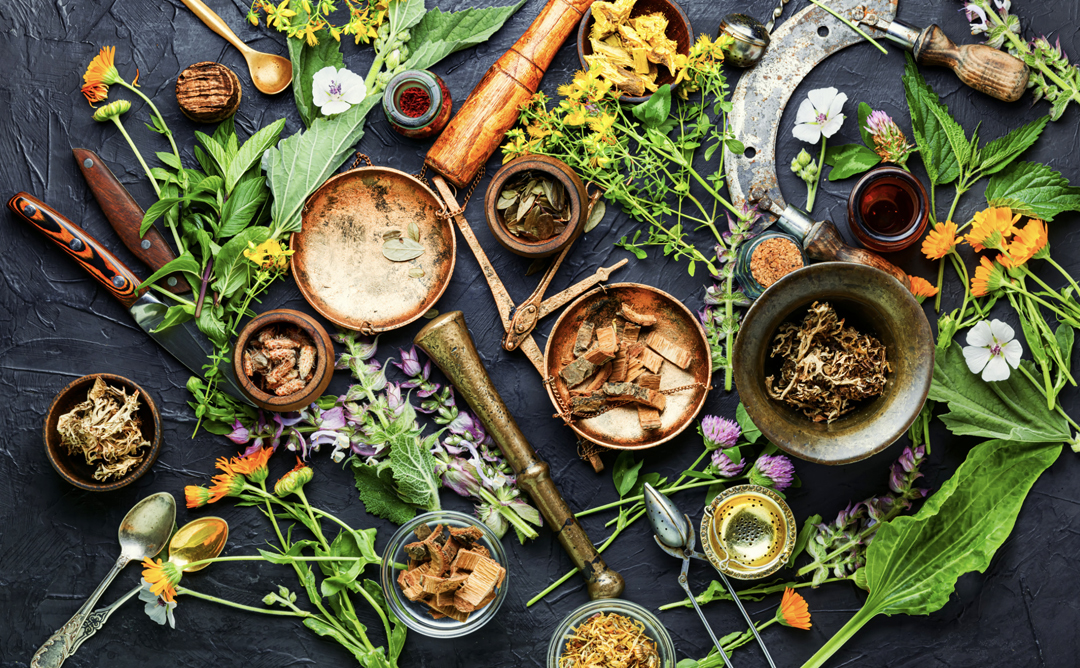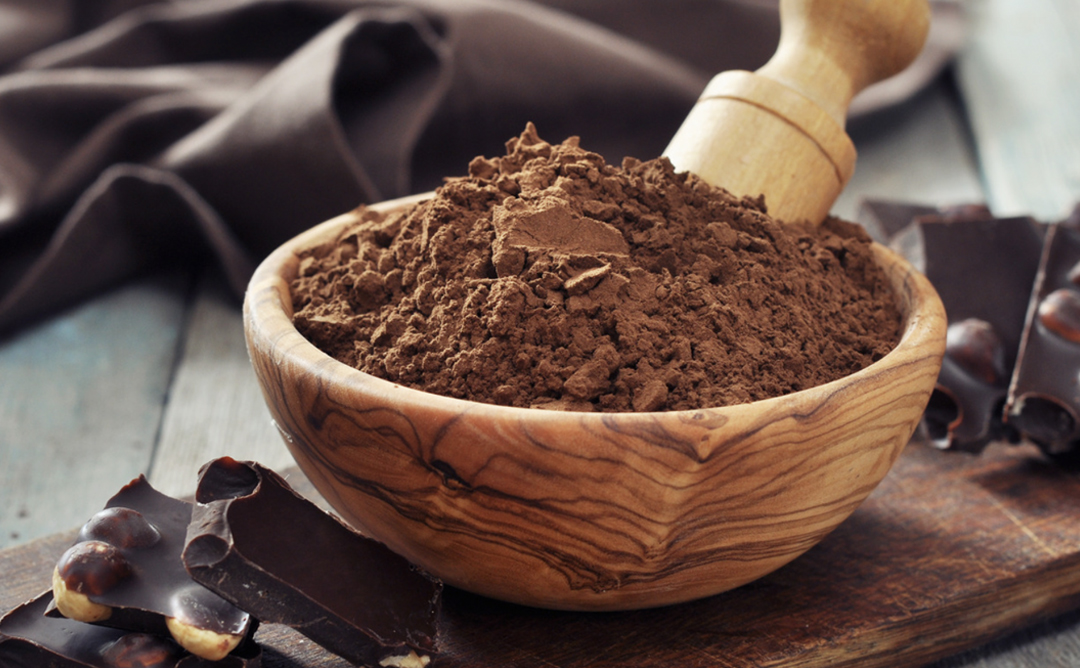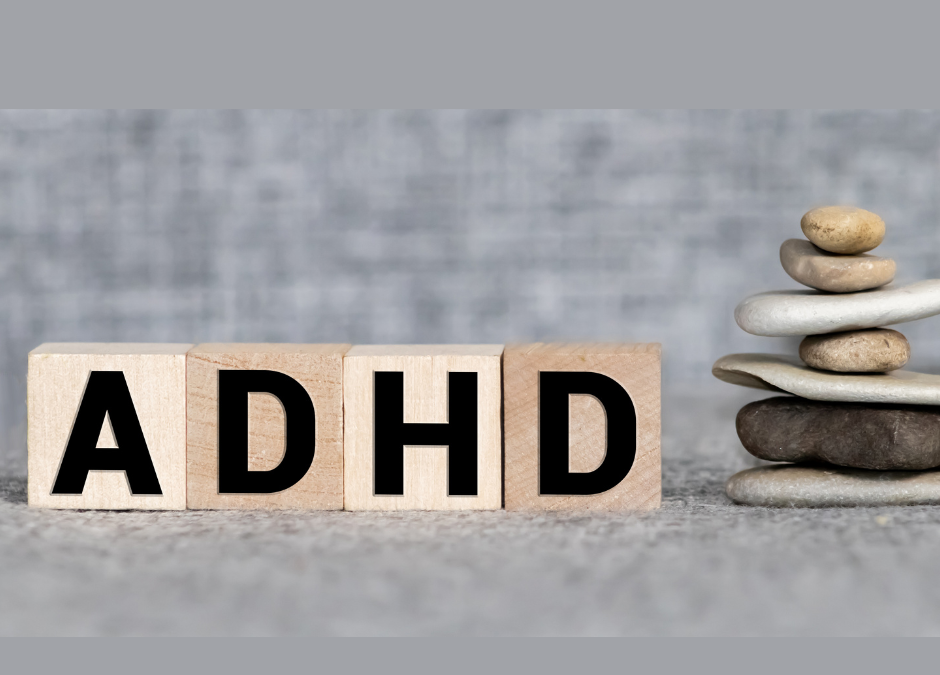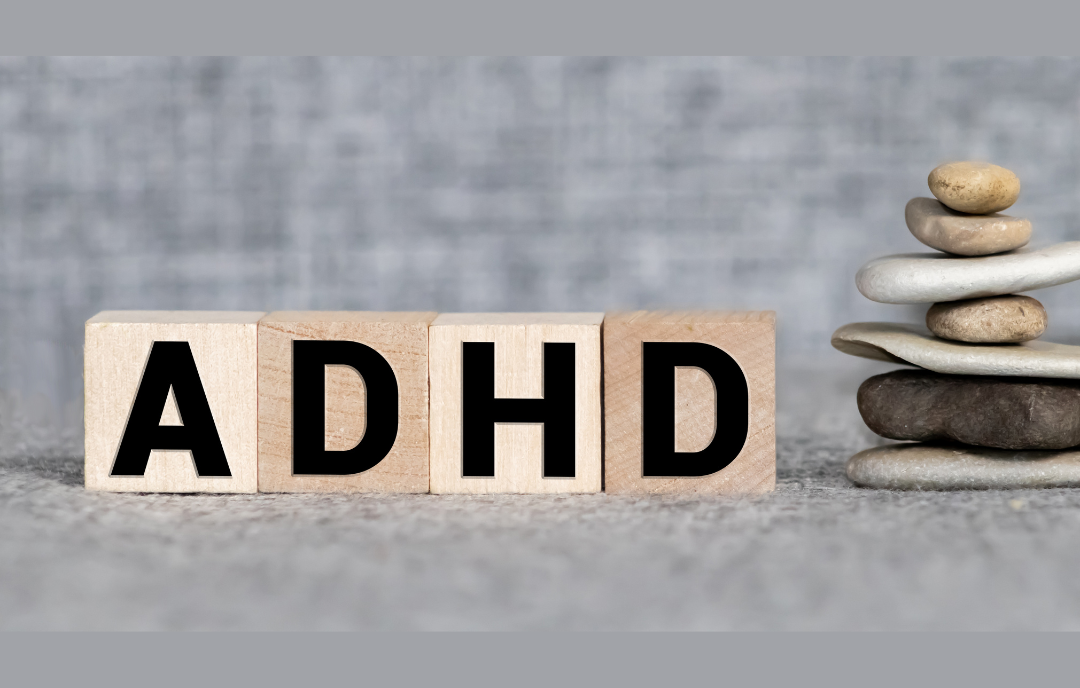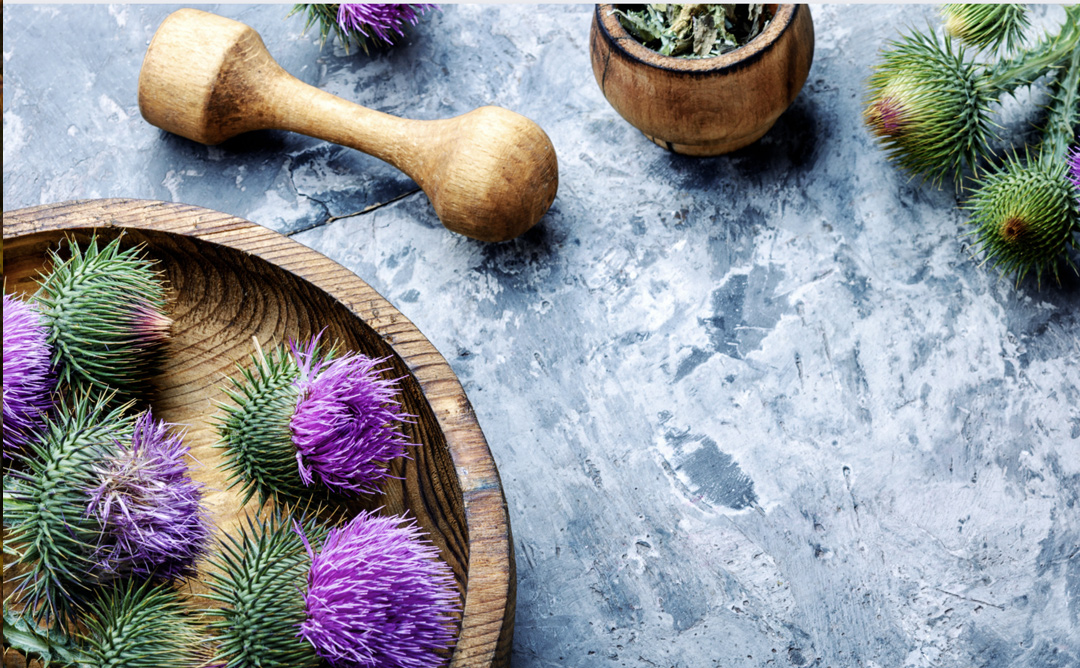
The Miraculous Powers of Milk Thistle

The Miraculous Powers of Milk Thistle: A Gift from Nature
In the vast landscape of natural health remedies, Milk Thistle emerges as a beacon of wellness and historical veneration. Originating from the sun-soaked terrains of the Mediterranean, this herbaceous marvel mesmerizes onlookers with its vibrant purple flowers and distinctively marbled leaves, symbols of its unique identity in the plant kingdom. Far beyond its aesthetic allure, Milk Thistle has garnered acclaim for its remarkable medicinal properties, revered across civilizations for more than 2000 years. Celebrated primarily for its liver-supporting capabilities, this plant’s rich legacy is woven into the fabric of ancient healing practices, embodying a timeless treasure of natural medicine and wellness.
Why Choose Milk Thistle?
Milk Thistle isn’t merely a feast for the eyes; it’s a medicinal marvel packed with benefits that promise to bolster your health and well-being. Let’s delve into the myriad ways Milk Thistle can be your ally in health:
-
Promoting Liver Health:
The liver, our body’s detox powerhouse, finds a formidable friend in Milk Thistle. Renowned for its liver-supportive properties, Milk Thistle aids in detoxifying and regenerating liver cells. It’s an essential supplement for anyone seeking to heal or protect their liver, making it a staple in the pursuit of robust liver health. -
An Antioxidant Powerhouse:
In the battle against oxidative stress and free radicals, Milk Thistle emerges as a champion. Rich in silymarin, it not only defends the liver but also armors the body against various ailments. Opt for a soothing cup of Milk Thistle tea to seamlessly integrate these antioxidants into your daily regimen. -
Enhancing Digestive Health:
Milk Thistle supports digestive wellness by stimulating bile production and alleviating inflammation. Incorporating Milk Thistle oil into your diet can aid in digestive processes and contribute to a healthier gut, offering relief to those troubled by digestive issues. -
Improving Skin Health:
The anti-inflammatory and detoxifying effects of Milk Thistle are a boon for the skin. Employing Milk Thistle-infused skincare products can assist in managing acne, eczema, and rosacea, paving the way for radiant, clear skin. -
Supporting Brain Health:
Preliminary research indicates that the anti-inflammatory and antioxidant attributes of Milk Thistle may offer protection against neurodegenerative diseases. By incorporating Milk Thistle into your health routine, you could safeguard brain function and cognitive health.
Milk Thistle stands as a testament to nature’s healing prowess, offering a holistic approach to health that aligns with the wisdom of the earth. Whether through supplements, teas, or topical products, integrating Milk Thistle into your life can mark the beginning of a journey towards enhanced well-being.
Margie’s Pick:
For those eager to embark on this journey, consider exploring
Margie’s recommended Milk Thistle supplement. Embrace the natural wellness path with Milk Thistle, and let nature’s healing touch guide you to better health.
Join Our Facebook Group
Disclaimer: We are an affiliate of many companies, which means that we may receive a commission if you click on our affiliate link and make a purchase. However, this does not affect our reviews and comparisons. We strive to provide honest opinions and recommendations based on our own experiences and research. Any product claim, statistic, quote, or other representation about a product or service should be verified with the manufacturer, provider, or party in question.

